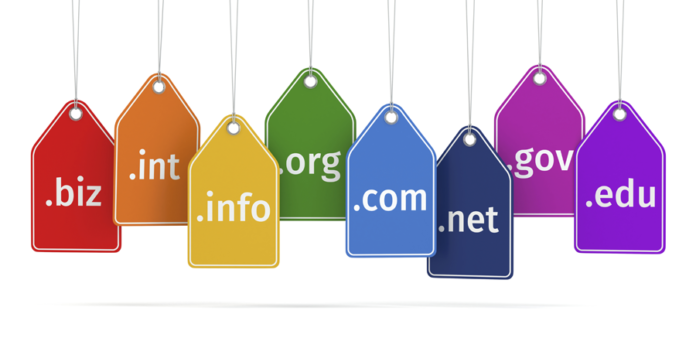On the Internet, “com” is one of the top-level domain names that can be used when choosing a domain name. It generally describes the entity owning the domain name as a commercial organization. As with second-level domain names ( for example : computersolve.com ), web and e-mail addresses require top-level domain names.
The Internet Corporation for Assigned Names and Numbers (ICANN) has overall responsibility for domain names (as well as Internet Protocol addresses and many other Internet parameters). The day-to-day responsibility is assigned to specialized registrars such as Network Solutions and many competing companies for .com, .org, .net and .edu top-level domains.
Examples of domain names are google.com and wikipedia.org. Using a domain name to identify a location on the Internet rather than the numeric IP address makes it much easier to remember and type web addresses.
In the computer world, “COM” has several different meanings, which are described below :
A domain suffix –
The most common place you’ll see “.com” these days is at the end of a domain name. The .com (dot com) domain suffix is the most common suffix. Even though “.com” is short for commercial, many personal, educational and non-profit websites have a .com domain name because it is the most recognizable. Other popular suffixes include .net, .org, .gov, and .edu. For a complete list of country-specific domain suffixes, see List of Sharpened.net domain suffixes.
A dos command file –
Another place “com” may appear on your computer is at the end of the file name as a file extension. A file ending in “.com” contains a list of instructions that can be executed within DOS or by the Windows operating system. The most recognizable COM file, “COMMAND.COM,” contains instructions that are referenced during the computer’s boot process and also act as a command shell. Since COM files contain executable commands, you should not open any unknown files ending in .com, as they may contain viruses or other malicious instructions.
Component object model –
COM is also an abbreviation for “Component Object Model“, a software interface standard developed by Microsoft. It provides a standard way for programmers to create and share objects used in object-oriented programming. The Component Object Model includes both OLE (Object Linking and Embedding) and ActiveX technologies. A newer version of COM, called COM+, was released with Windows 2000 and includes support for Microsoft Transaction Server (MTS) and .NET applications.
What is .com in website we called?
On the Internet, “.com” is one of the top-level domain names that can be used when choosing a domain name. It generally describes the entity owning the domain name as a commercial organization.
How to register a .com website ?

Six top-level domains classified the few hundred websites that were around at the time of the World Wide Web’s inception. Addresses ending in .com were for publishers who made a profit through their services. Six TLDs that existed then and are used today :
- .com
- .net
- .org
- .edu
- .gov
- .mil
There are now hundreds of top-level domains and millions of websites.
A.com domain name does not mean that the website is a licensed business. Internet registration authorities have expanded their criteria to allow anyone to have a .com address, regardless of whether the registrant has a business intention or not.
Let’s find out how you can buy a .com website ?
Domain registrars keep domain names secure. They act as intermediaries between buyers and quasi-government agencies that participate in the complex structure of the Internet. Common registrars allow buyers to choose any available TLD when registering a domain name. In most cases, domain names can be purchased relatively inexpensively, but some highly desirable domain names are for sale only at top-dollar prices.
Domain-name registrars that sell top-level .com names include :
- Google Domains
- Namecheap
- GoDaddy
- Ionos
- Name.com
- Other Top-Level Domains
There are hundreds of top-level domain names available to the general public, including .org and .net, which were originally used to denote non-profit organizations and network and computer topics, respectively. Those TLDs, such as .com, are not limited to certain organizations or individuals ; They are open for anyone to buy.
Most TLDs use three letters, but there are also two-letter TLDs called country code top-level domains, or ccTLDs. Some examples include .fr for France, .ru for Russia, .us for the United States, and .br for Brazil.
Other TLDs that are similar to .com may be sponsored or have certain restrictions on registration or use. The Route Zone Database page on the Internet Assigned Numbers Authority website serves as the primary index of all TLDs.
For more information you can contact here – how to copy a picture
